Home>Maintenance & Safety>Pest Control Solutions>Why Do I Have So Many Yellow Jackets In My Yard
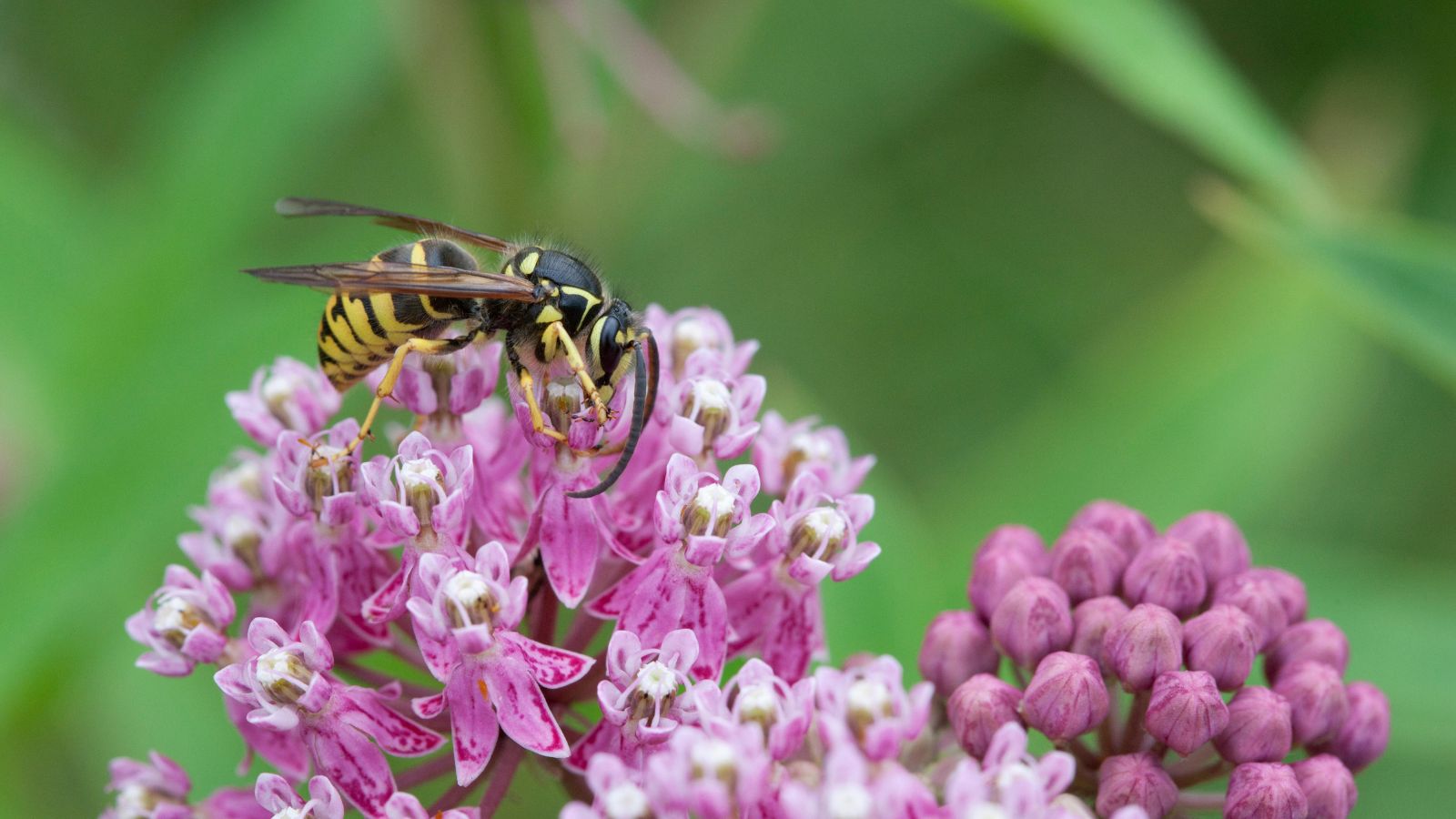

Pest Control Solutions
Why Do I Have So Many Yellow Jackets In My Yard
Modified: February 18, 2024
Discover effective pest control solutions to eliminate yellow jackets from your yard. Learn how to keep your outdoor space safe and pest-free.
(Many of the links in this article redirect to a specific reviewed product. Your purchase of these products through affiliate links helps to generate commission for Storables.com, at no extra cost. Learn more)
Introduction
Yellow jackets buzzing around your yard can quickly turn a pleasant outdoor experience into a nerve-wracking ordeal. These aggressive insects are notorious for their painful stings and their tendency to build nests in close proximity to human activity. Understanding why yellow jackets are drawn to your yard and how to effectively manage their presence is crucial for maintaining a safe and enjoyable outdoor environment.
In this comprehensive guide, we will delve into the world of yellow jackets, shedding light on their behavior, nesting habits, and the factors that attract them to your yard. By gaining a deeper understanding of these pests, you will be better equipped to implement preventive measures and control strategies to keep their population in check.
So, if you've ever found yourself wondering, "Why do I have so many yellow jackets in my yard?" or "How can I get rid of them?" – you've come to the right place. Let's embark on a journey to uncover the secrets of these buzzing insects and explore effective solutions to reclaim your yard from their unwelcome presence.
Key Takeaways:
- Watch out for yellow jackets in your yard! They’re attracted to food, water, and nesting spots. Keep your yard clean and fix leaks to deter them.
- If you find yellow jacket nests, be cautious! Get professional help to remove them safely. Use traps and baits to control their population.
Read more: Why Do Yellow Jackets Sting
Understanding Yellow Jackets
Yellow jackets, scientifically known as Vespula and Dolichovespula, are a species of predatory wasps that belong to the Vespidae family. These insects are easily recognizable by their distinctive black and yellow markings, slender bodies, and characteristic buzzing flight. Unlike honey bees, which are beneficial pollinators, yellow jackets are aggressive predators that primarily feed on other insects, carrion, and sugary substances.
Yellow jackets are social insects, living in colonies with a well-defined caste system comprising queens, workers, and males. The queen, responsible for reproduction, initiates the colony in the spring by building a small paper nest and laying eggs. As the colony grows, the queen's primary role shifts to egg laying, while the workers take over nest construction, foraging, and defense.
Nesting habits vary among different yellow jacket species, with some building underground nests in abandoned rodent burrows, while others construct aerial nests in trees, shrubs, or man-made structures. These nests are typically constructed from chewed wood fibers mixed with saliva, forming a papery material that provides protection and insulation for the developing brood.
Yellow jackets are known for their aggressive behavior, especially when their nest is disturbed. Unlike bees, which can only sting once before dying, yellow jackets are capable of delivering multiple stings, making them formidable adversaries when provoked. Their stings contain venom that can trigger allergic reactions in some individuals, posing a significant health risk, particularly for those with allergies.
During late summer and early fall, yellow jacket colonies reach their peak population and become more aggressive as food sources become scarce. This is when encounters with humans are most common, leading to heightened concerns about stings and nuisance behavior.
Understanding the biology and behavior of yellow jackets is essential for effective pest management. By gaining insights into their nesting habits, foraging patterns, and seasonal dynamics, homeowners can implement targeted control measures to mitigate the risks associated with these stinging insects.
Reasons for Yellow Jackets in Your Yard
-
Food Sources: Yellow jackets are attracted to a variety of food sources commonly found in residential yards. They are particularly drawn to sugary substances, such as ripe fruits, spilled sodas, and open beverage containers. Additionally, they scavenge for protein-rich foods, including meat scraps in outdoor grills, pet food, and even unsuspecting insects. These readily available food sources make residential yards an appealing foraging ground for yellow jackets.
-
Nesting Sites: The landscape of a typical yard can provide an array of potential nesting sites for yellow jackets. Underground burrows, hollow tree stumps, and gaps in exterior walls or eaves offer suitable locations for establishing their colonies. Additionally, overgrown vegetation, dense shrubbery, and unattended compost piles can provide ideal cover for building aerial nests. The sheltered and undisturbed nature of these sites makes them attractive for yellow jackets to establish their colonies.
-
Water Sources: Like many other insects, yellow jackets require access to water for survival. Birdbaths, pet water bowls, and leaky outdoor faucets can serve as water sources that attract yellow jackets. These insects are adept at locating and utilizing water sources, especially during hot and dry periods, making residential yards with accessible water reservoirs an attractive habitat for them.
-
Scent Trails: Yellow jackets are equipped with a highly developed sense of smell, allowing them to detect food sources and potential nesting sites from a considerable distance. Once a foraging yellow jacket locates a food or water source in your yard, it leaves behind a chemical trail that guides other members of the colony to the same location. This phenomenon can lead to an influx of yellow jackets in your yard as they follow these scent trails to exploit available resources.
-
Seasonal Factors: The time of year also plays a significant role in the presence of yellow jackets in your yard. During late summer and early fall, as their colonies reach peak population and food becomes scarce, yellow jackets become more aggressive and persistent in their search for sustenance. This seasonal shift in behavior often results in heightened encounters with humans and an increased presence of yellow jackets in residential areas.
Understanding the reasons behind the abundance of yellow jackets in your yard is crucial for implementing effective preventive measures and control strategies. By addressing these attractants and modifying the yard environment, homeowners can significantly reduce the likelihood of yellow jacket infestations and minimize the associated risks and nuisances.
Prevention and Control
Preventing and controlling yellow jacket infestations in your yard requires a multi-faceted approach that addresses the factors attracting these insects and implements targeted control measures. By proactively managing potential attractants and employing effective control strategies, homeowners can significantly reduce the presence of yellow jackets and minimize the associated risks.
Environmental Modifications
Modifying the yard environment to eliminate attractants and disrupt potential nesting sites is a fundamental step in yellow jacket prevention. This includes:
- Sanitation: Regularly clean outdoor eating and cooking areas to remove food residues and spills that may attract yellow jackets. Keep trash cans tightly sealed to prevent access to food waste.
- Landscaping: Trim overgrown vegetation, prune shrubs, and maintain a well-groomed yard to reduce potential nesting sites and hiding places for yellow jackets.
- Water Sources: Repair leaky faucets, empty and refill birdbaths frequently, and ensure proper drainage to eliminate standing water, thereby reducing available water sources for yellow jackets.
Nest Detection and Removal
Identifying and eliminating existing yellow jacket nests in your yard is crucial for long-term control. This process should be approached with caution and may require professional assistance to ensure safety and effectiveness. Key steps include:
- Visual Inspection: Regularly inspect your yard for signs of yellow jacket activity, such as increased insect presence, hovering flight patterns, and the location of potential nesting sites.
- Professional Removal: If a nest is detected, seek the assistance of pest control professionals to safely and effectively remove the nest, minimizing the risk of stings and ensuring thorough eradication.
Trapping and Baiting
Deploying traps and baits can help reduce the yellow jacket population in your yard, especially during late summer and early fall when their activity peaks. Consider the following approaches:
- Commercial Traps: Utilize commercially available yellow jacket traps baited with attractants to capture foraging insects and reduce their numbers.
- Homemade Baits: Create homemade bait stations using sugary or protein-based attractants to lure yellow jackets away from high-traffic areas and contain their population.
Professional Pest Control Services
In cases of severe infestations or persistent yellow jacket presence, seeking professional pest control services is advisable. Pest management professionals can assess the extent of the infestation, implement targeted control measures, and provide ongoing monitoring to ensure effective yellow jacket management.
By implementing these preventive measures and control strategies, homeowners can create an environment that is less conducive to yellow jacket infestations, thereby reducing the risks and nuisances associated with these stinging insects. Maintaining vigilance and addressing potential attractants proactively is key to long-term yellow jacket management in residential yards.
Conclusion
In conclusion, the presence of yellow jackets in your yard can pose significant challenges and concerns, ranging from the risk of painful stings to the disruption of outdoor activities. Understanding the factors that attract these insects and implementing effective preventive measures and control strategies are essential for managing their presence and creating a safer and more enjoyable outdoor environment.
By gaining insights into the biology and behavior of yellow jackets, homeowners can proactively address the attractants that draw these insects to their yards. Food sources, nesting sites, water reservoirs, scent trails, and seasonal dynamics all play pivotal roles in the abundance of yellow jackets in residential areas. By modifying the yard environment, eliminating attractants, and disrupting potential nesting sites, homeowners can significantly reduce the likelihood of yellow jacket infestations.
Furthermore, the detection and removal of existing yellow jacket nests are crucial steps in long-term control. Visual inspections, professional nest removal, and the deployment of traps and baits can help manage the yellow jacket population and minimize their impact on outdoor activities. Seeking professional pest control services may be necessary in cases of severe infestations or persistent yellow jacket presence, ensuring thorough assessment, targeted control measures, and ongoing monitoring.
It is important to emphasize the significance of proactive and consistent efforts in yellow jacket management. Regular maintenance of outdoor spaces, proper sanitation, and vigilance in addressing potential attractants are key components of effective pest control. By taking these measures, homeowners can create an environment that is less conducive to yellow jacket infestations, thereby reducing the risks and nuisances associated with these stinging insects.
Ultimately, the successful management of yellow jackets in your yard requires a comprehensive and integrated approach that addresses both attractants and control measures. By incorporating these strategies into your pest management efforts, you can reclaim your outdoor space and enjoy a safer, more peaceful environment free from the unwelcome presence of yellow jackets.
Frequently Asked Questions about Why Do I Have So Many Yellow Jackets In My Yard
Was this page helpful?
At Storables.com, we guarantee accurate and reliable information. Our content, validated by Expert Board Contributors, is crafted following stringent Editorial Policies. We're committed to providing you with well-researched, expert-backed insights for all your informational needs.
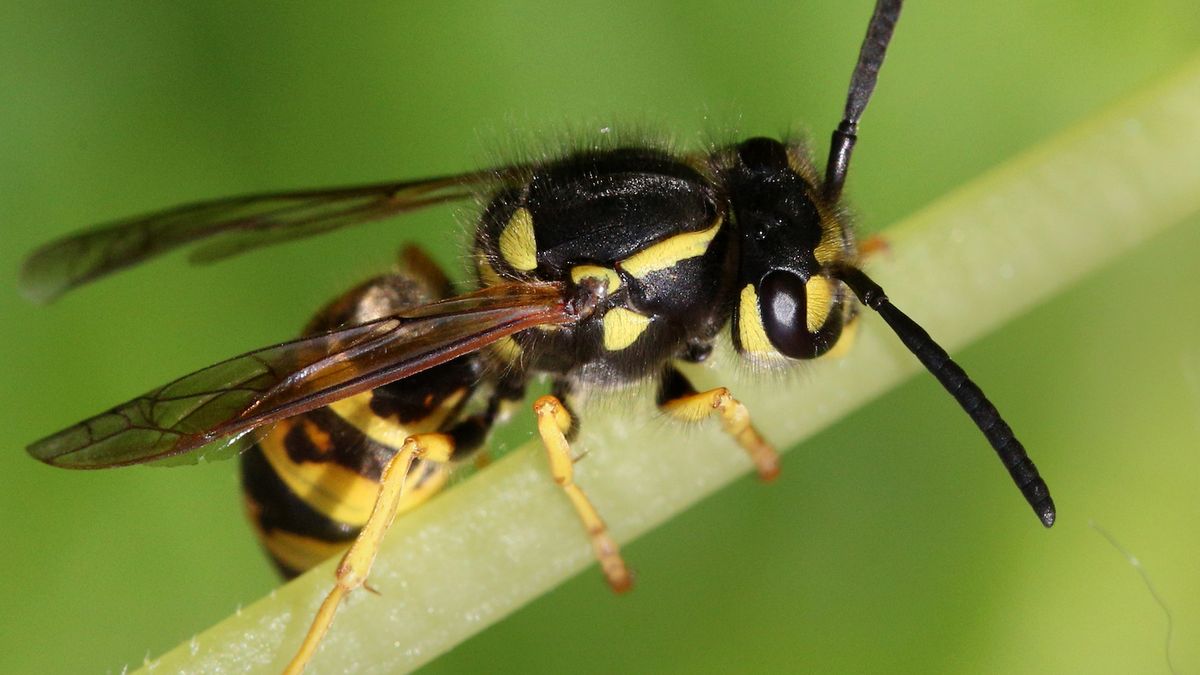
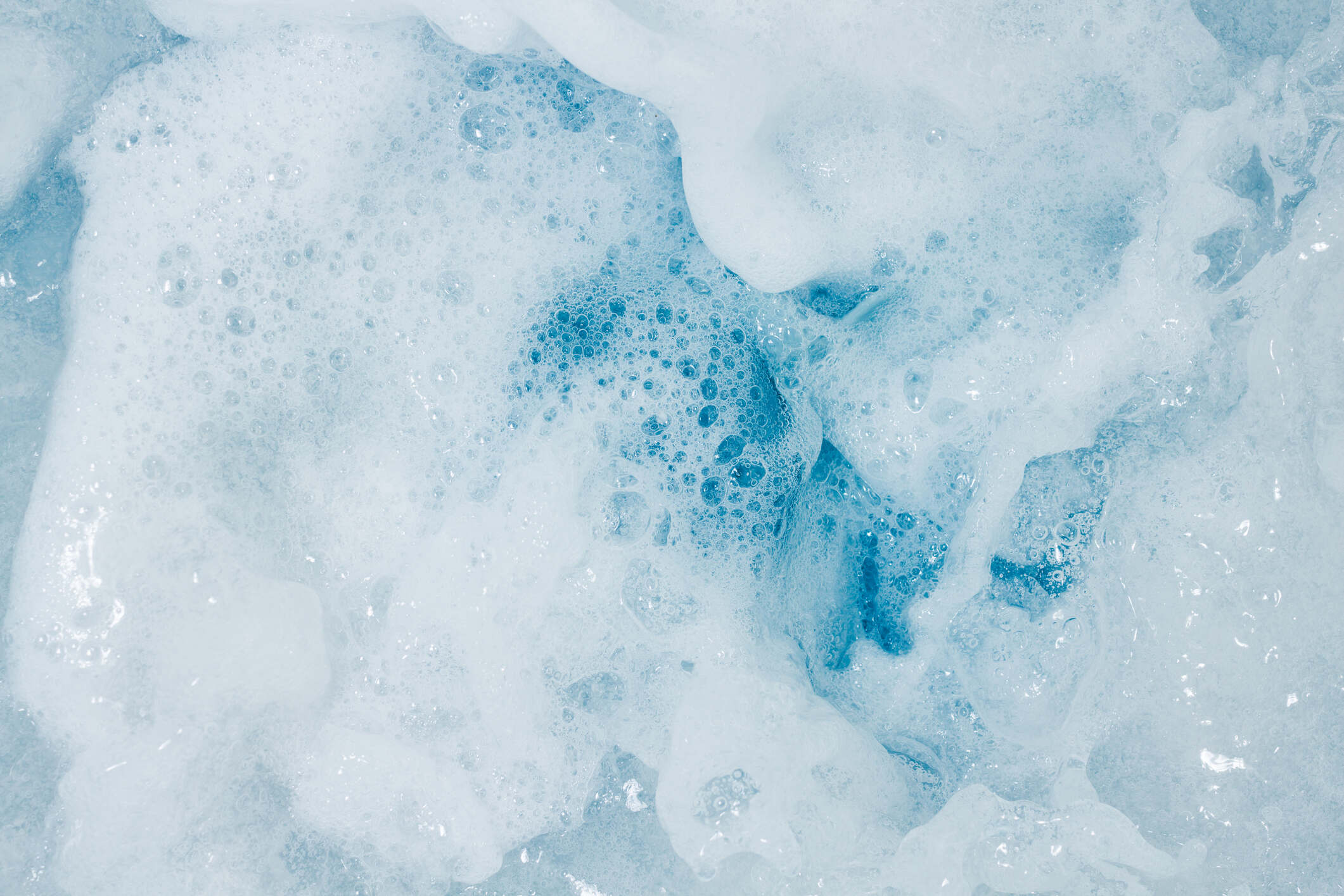
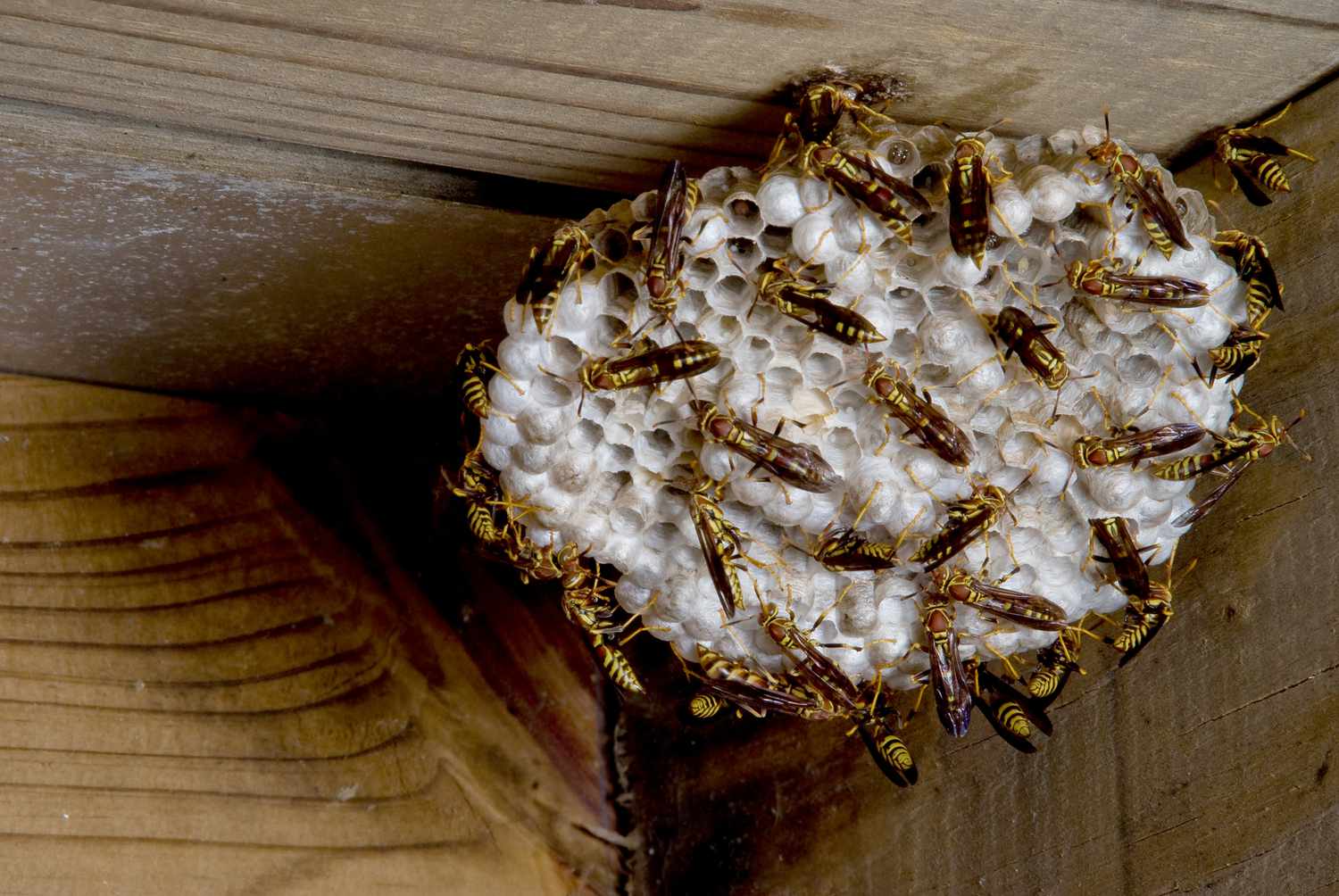
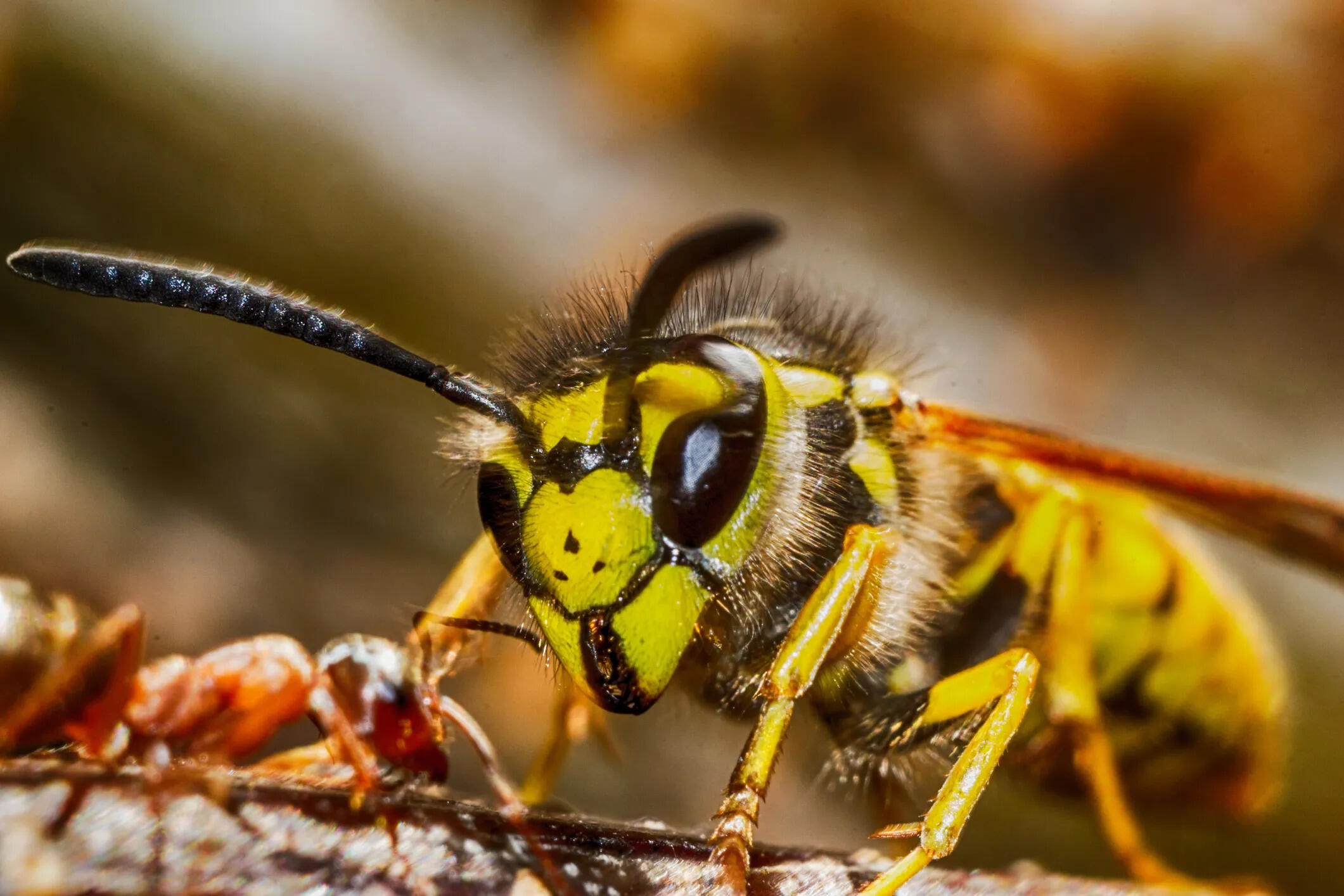
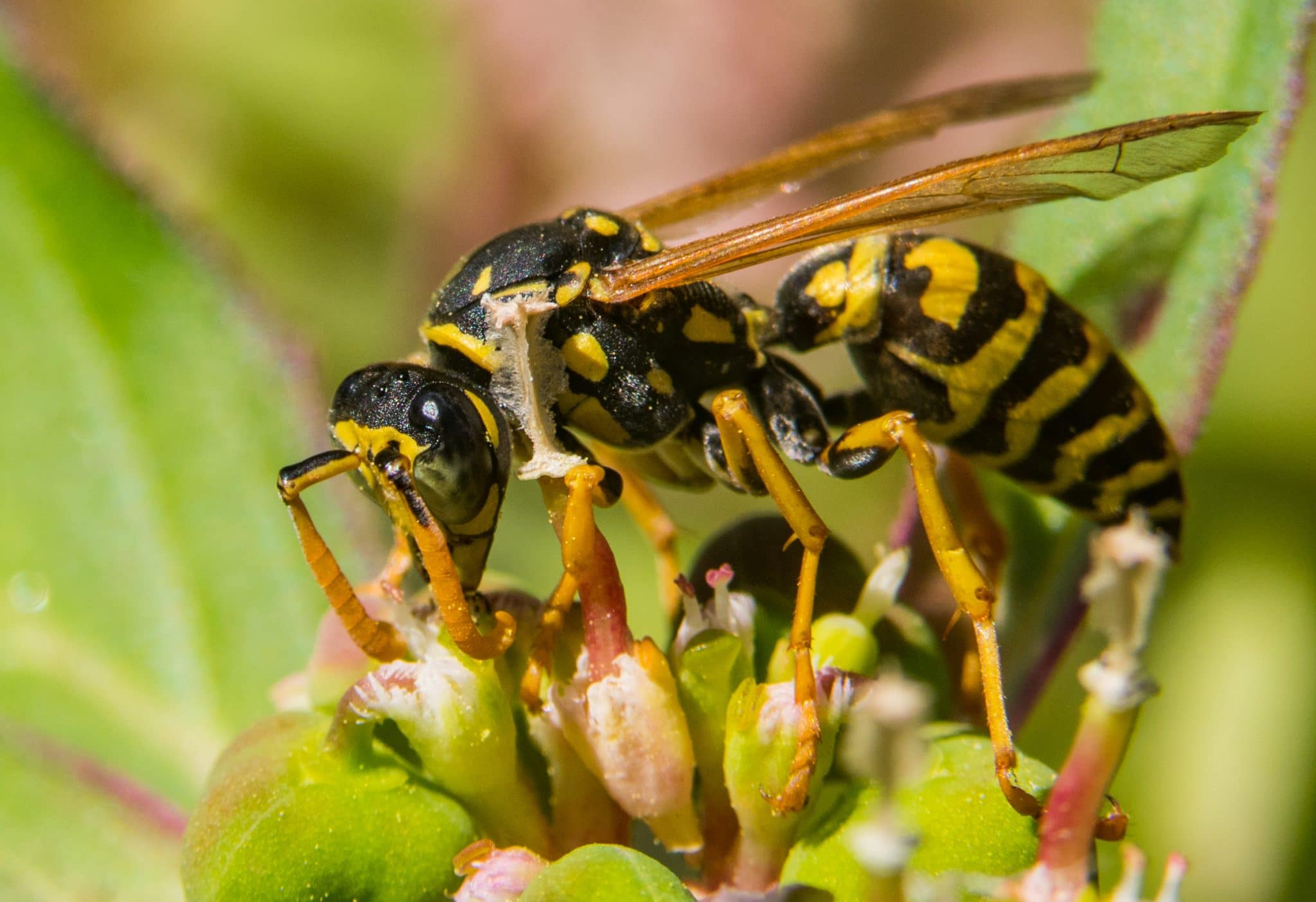
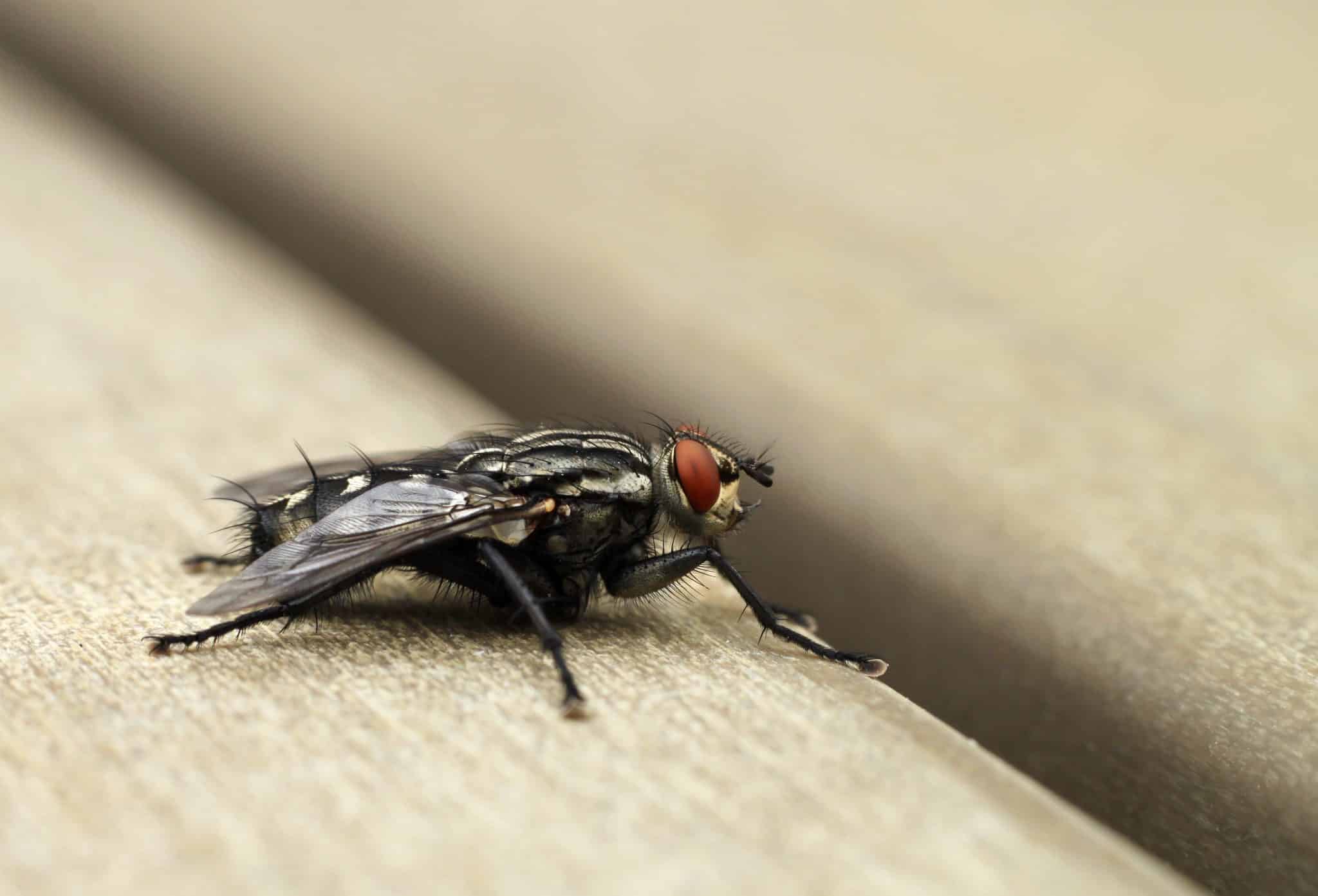
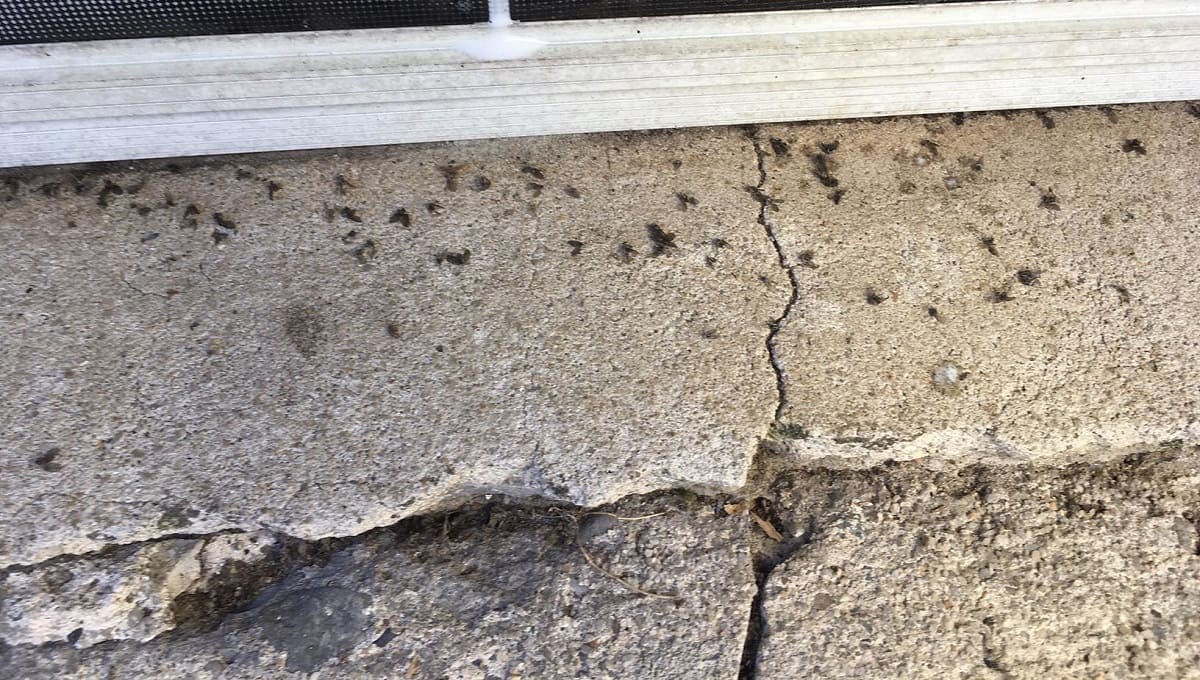
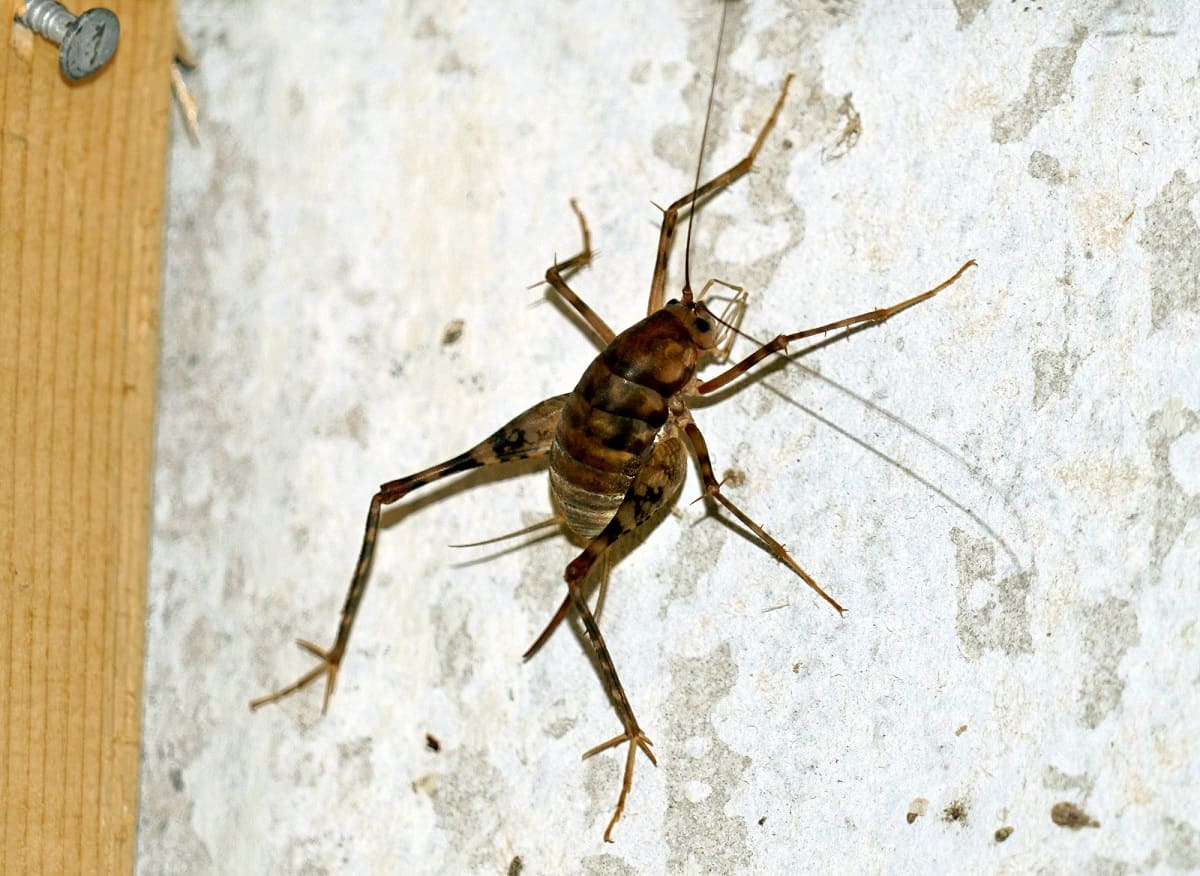
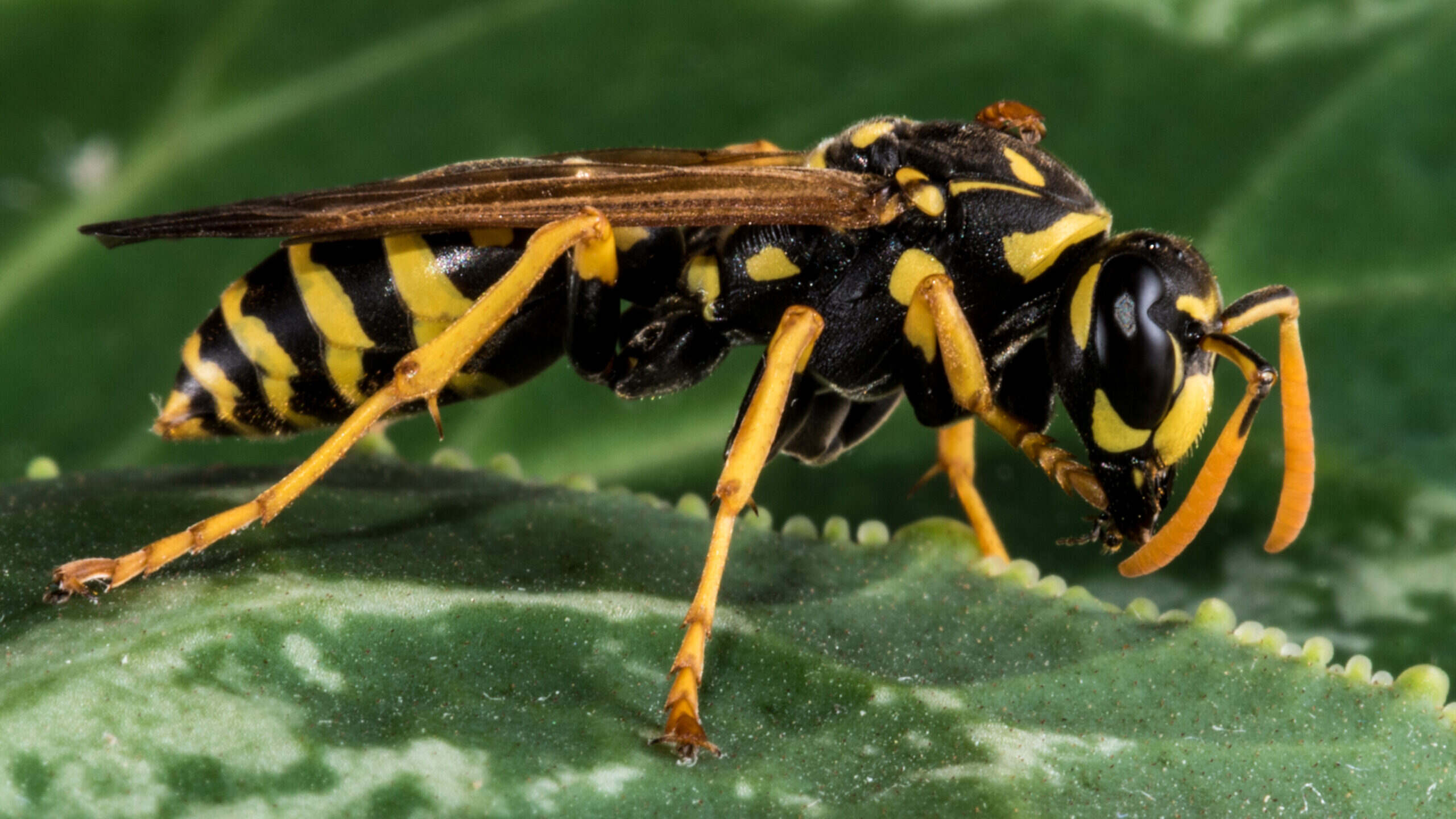
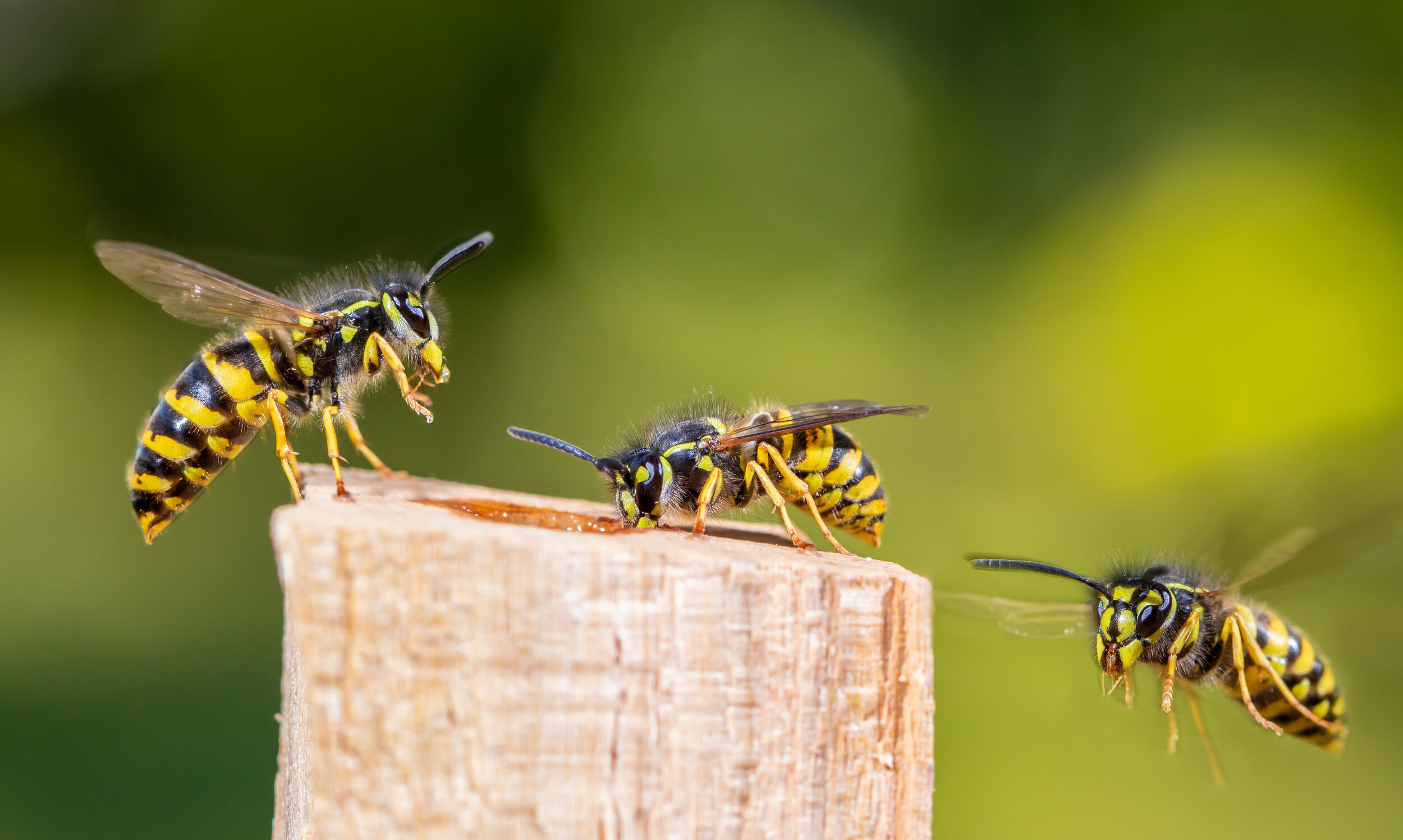
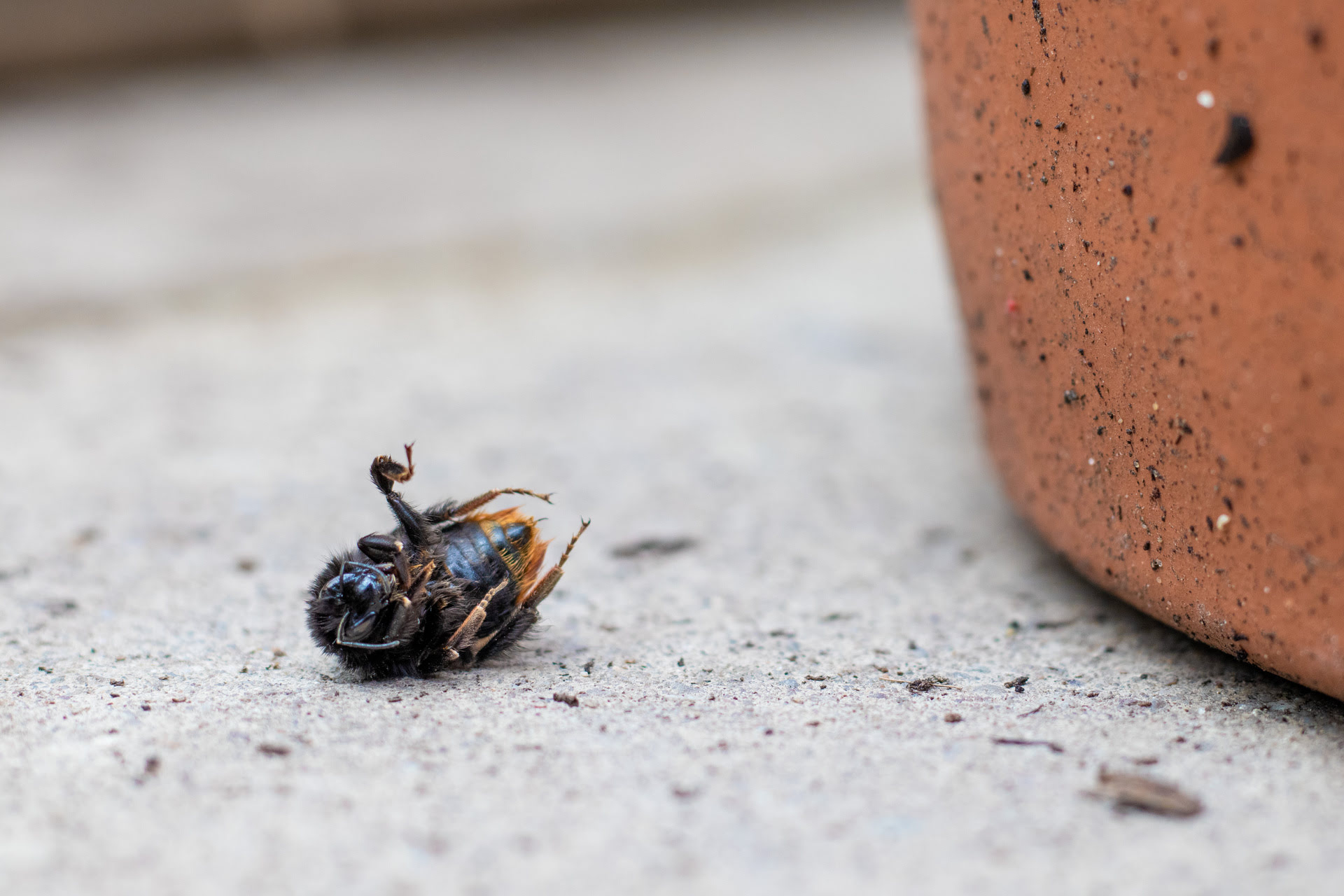
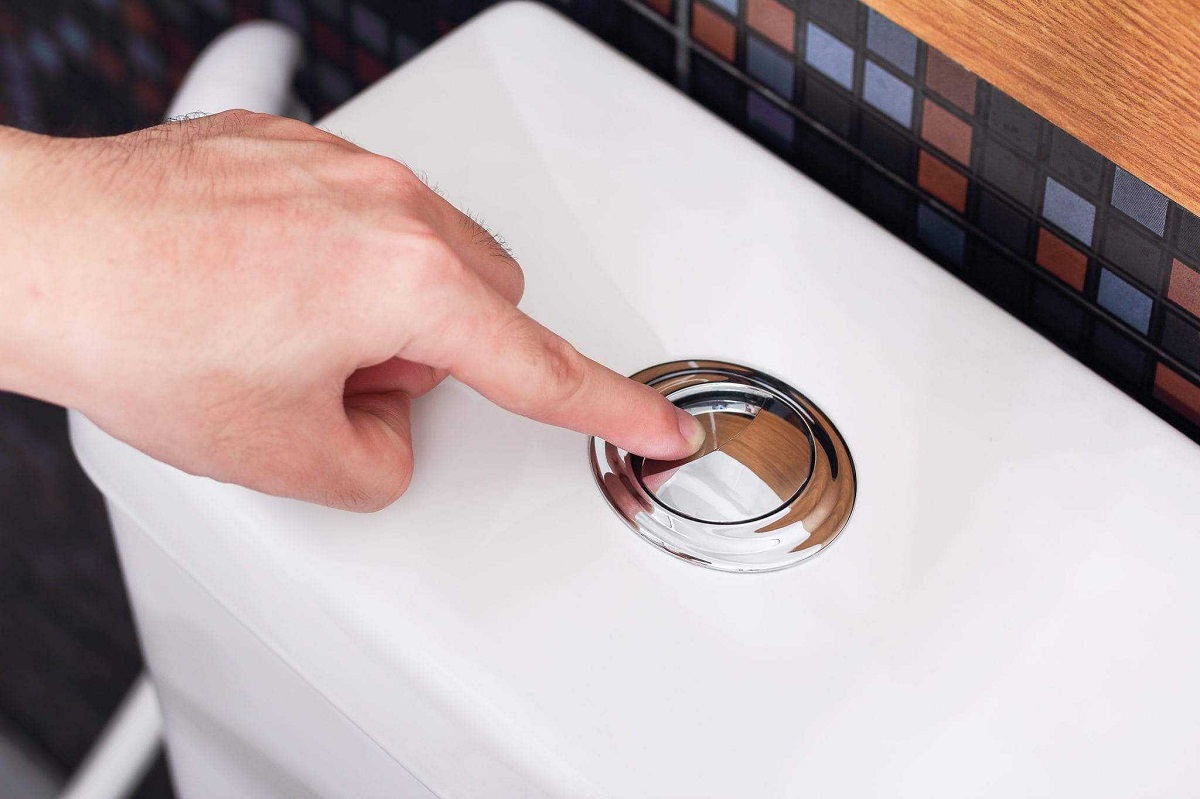
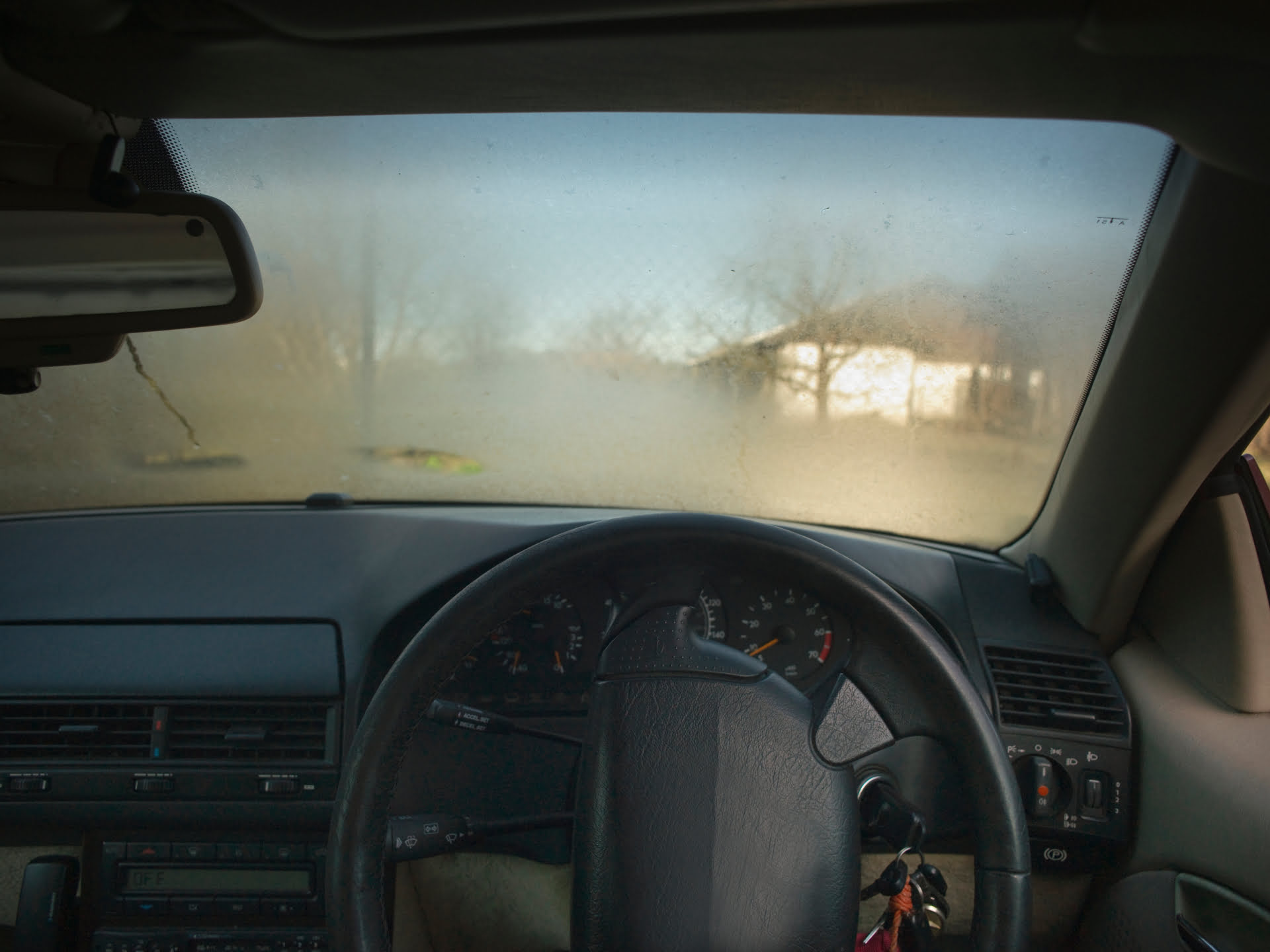
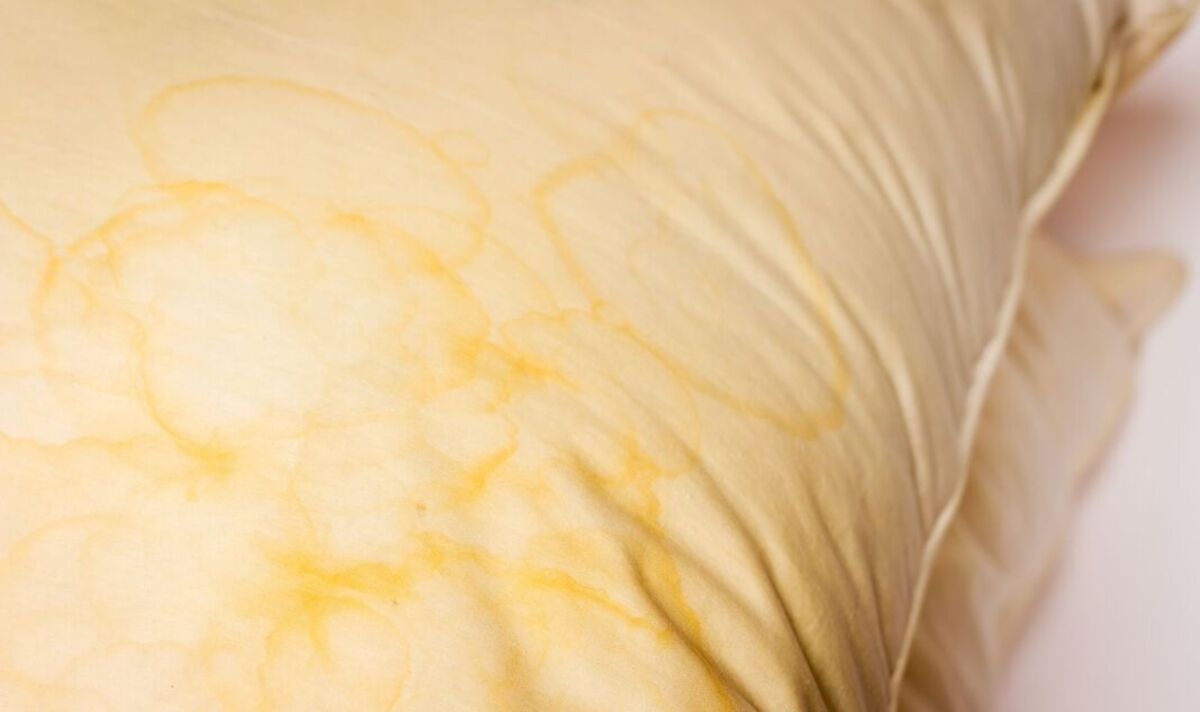

0 thoughts on “Why Do I Have So Many Yellow Jackets In My Yard”